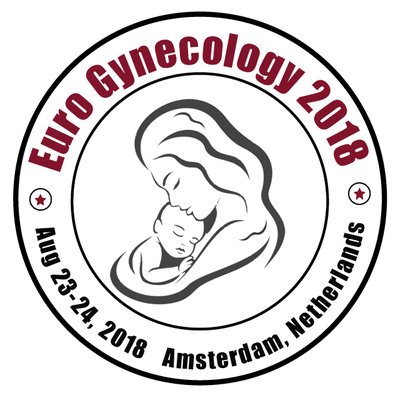Labial trauma post birth: A Delphi study of classification and suturing requirements
Elinor Jenkins
Isle of Wight NHS Trust, UK
: J Womens Health, Issues Care
Abstract
Introduction & Aim: Upto 49% of women sustain labial trauma during vaginal birth. Labial trauma is currently treated by midwives and obstetricians. However, there are no universally recognised descriptions of labial trauma and minimal research evidence for suturing. This study was conducted to provide guidance for current practice. Methods: Delphi methodology was used to establish consensus for the classification and suturing requirements of several types of labial trauma. Twenty two participants with expertise in labial/perineal trauma took part. Each round consisted of six medical drawings of types and combinations of labial trauma. Each drawing had seven questions asking the participant to describe the trauma, their suturing recommendations, rationale for suturing, method of suturing, suture material, anaesthetic and technique for administration and any other comment. Numbers of agreeing participants were shown to participants on each round. Results: Findings showed consensus that vertical skin separation of the interior aspect of the labia minora with minimal trauma to underlying tissues was described as a graze and will heal spontaneously. Deeper vertical trauma with involvement of the underlying tissue was described as a tear requiring suturing to promote healing. Lateral trauma across the labia minora was also described as a tear and needs suturing for anatomical realignment and cosmetic appearance. Suturing method should be interrupted using Vicryl Rapide 3.0 or equivalent with injected local anaesthetic. Conclusion: This study provides unique research evidence to inform an area of practice with a limited evidence base. It also indicates future research. Its strengths are the primary data from clinical experts but its transferability now needs to be established in further research.
Biography
Elinor Jenkins has started her Midwifery career at Isle of Wight in 1999. She moved to New Zealand to work on a case loading midwifery post for three years in 2003. On her return to UK in 2007, she joined Portsmouth Hospitals NHS Trust, where she worked for eight years as a Staff Midwife. During this time, she became Supervisor of Midwives and Research Midwife. In 2016, she has completed her Clinical Doctorate. In 2015, she took the combined post of Clinical Lead for Research and Research Manager at Isle of Wight for two years. In 2017, she returned to Clinical Midwifery and began Postdoctoral development as a Clinical Researcher. Her research into labial suturing began in 2010, when she realised that there was a significant lack of evidence for this type of genital trauma and women were not receiving evidence based care. She conducted an audit of labial suturing in 2011 and went on to gain funding for further research in 2017.
E-mail: Elinor.jenkins@iow.nhs.uk
 Spanish
Spanish  Chinese
Chinese  Russian
Russian  German
German  French
French  Japanese
Japanese  Portuguese
Portuguese  Hindi
Hindi 



